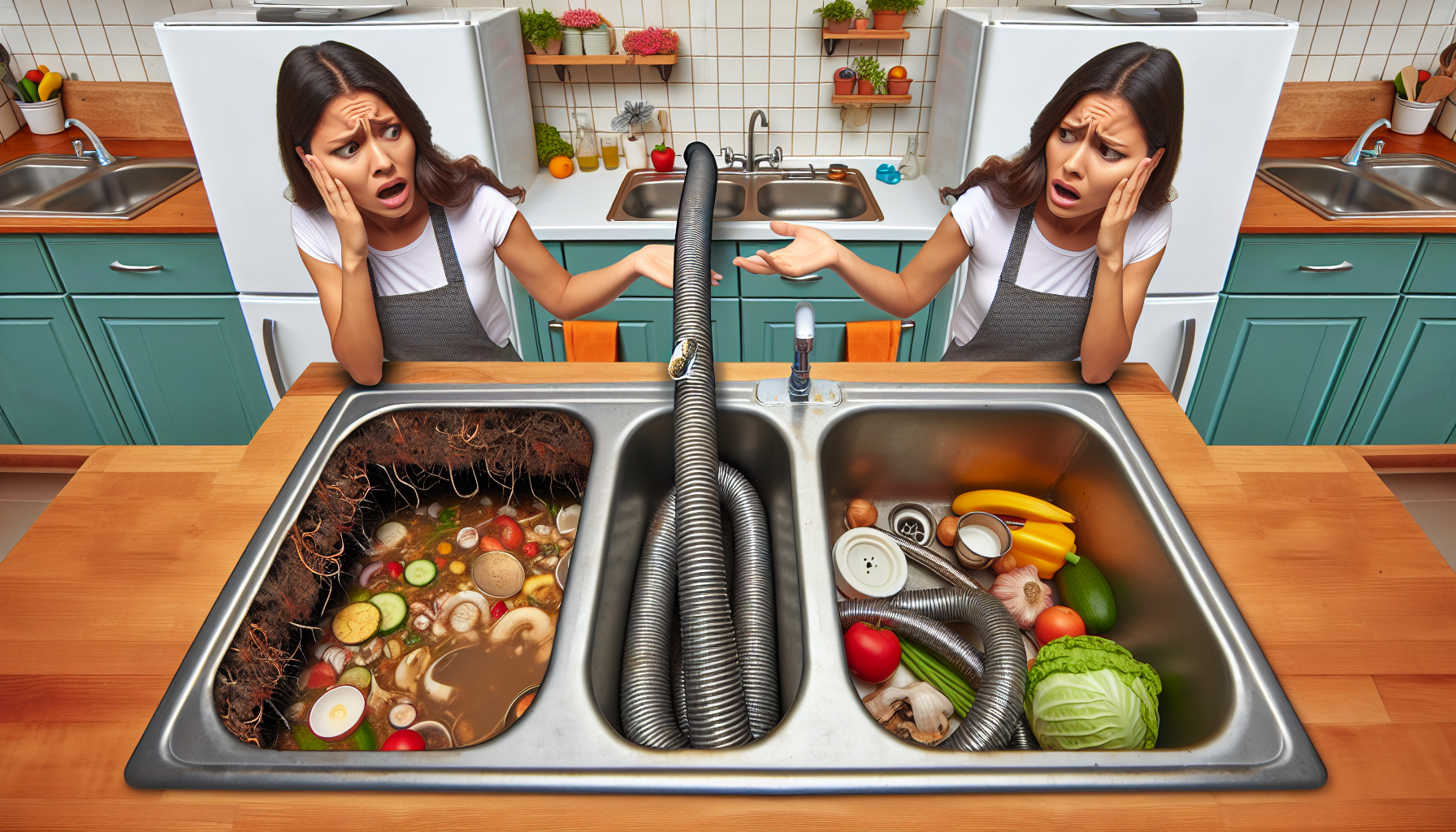So, we recently had someone reach out to us with a rather peculiar problem – they couldn’t seem to run a plumbing snake through their double sink without it coming up the other side. Baffling, right? Well, after some investigation, we think we may have figured out the reason behind this conundrum. You see, the drain pipes in a typical plumbing setup for a double sink connect into a Y shape, and when a snake is inserted into one drain pipe, it often just goes straight through and emerges from the opposite side. To give you a better understanding, we’ve even created a few detailed drawings to illustrate this.
Now, if you’re facing this issue and you’re fortunate enough to have a straight pipe vent, then you can simply bypass the sinks and go down the vent instead – unless the clog is in the horizontal sections of the pipes. However, if you need to make a turn and go into another area of the drain, things get a bit trickier. To avoid this whole snake escapade, it would have been helpful if the contractor or plumber had installed individual pipes for each sink, as this would prevent the snake from just breezing through. But hey, if you still have any questions or need further clarification, don’t hesitate to shoot us an email. After all, it’s questions like these that inspire us to make informative videos, just like this one. So keep ’em coming, and we’ll do our best to respond in a timely manner.
Why Does My Plumbing Snake Keep Coming Up the Other Side of the Double Sink?

Introduction to the problem
We recently received a message from someone who was experiencing an unusual problem with their double sink. When they attempted to run a plumbing snake through one sink to clear the drains, it would come up the other sink instead. This left them perplexed and frustrated, wondering why this was happening. We believe we have found an explanation for this issue and would like to share it with you.
Explanation of the plumbing setup
To understand why the plumbing snake is coming up the other side of the double sink, it’s essential to have a basic understanding of the plumbing setup. In most homes, the drain and vent pipes are located within the walls. For the purpose of this discussion, we will focus solely on the drain pipes and their connection to a Y junction.
The drain pipes from both sinks in a double sink setup are connected to a Y junction. When a plumbing snake is inserted into one sink, it actually goes straight through the drain pipe and emerges from the other sink. This is because the drain pipes are interconnected and do not allow for a direct route through each sink individually.
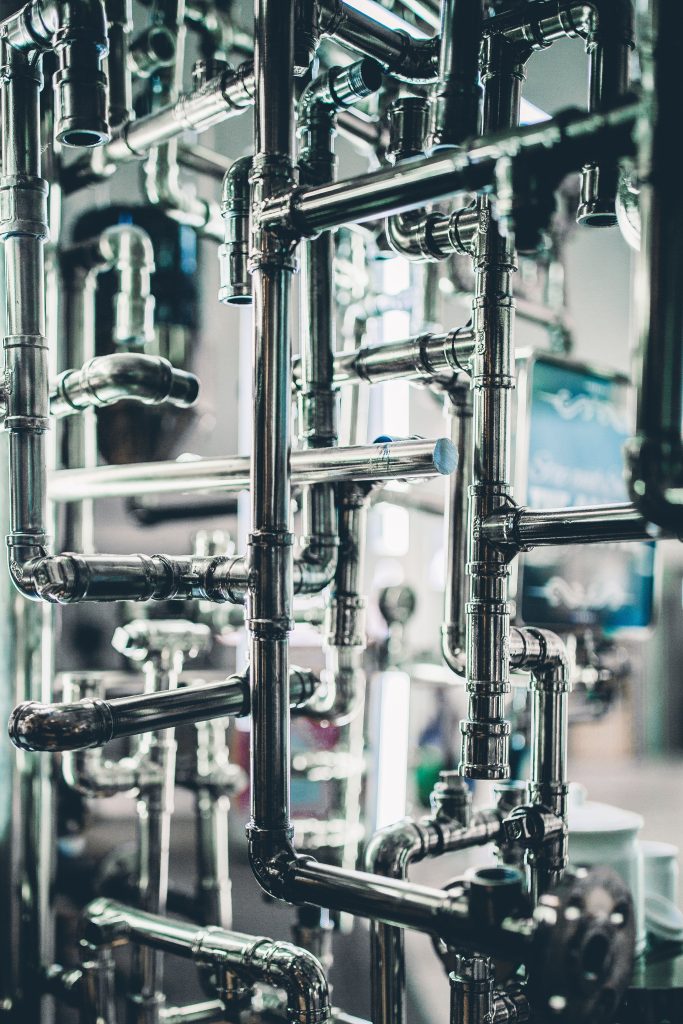
Illustrations of the possible paths of the snake
To provide a visual representation of how the plumbing snake moves through the drain pipes, we have created a couple of detailed drawings. These illustrations depict a cutaway view of the double sinks and showcase the different possibilities that can occur when running a snake through the drain pipe.
In the first illustration, we show the snake going straight through the drain pipe, without any obstacles. This is the most common scenario and explains why it comes up the other side of the double sink.
In the second illustration, we demonstrate a situation where the snake reaches one of the lowest spots in the drain pipe. In this case, it is unlikely to make a turndown and will instead continue to go straight out the other side of the drain.
The third illustration highlights a possible scenario where the snake turns and goes up. While it is less likely for the snake to hook onto the vent pipe and head up, there is a greater chance of it continuing to head in a downward direction.
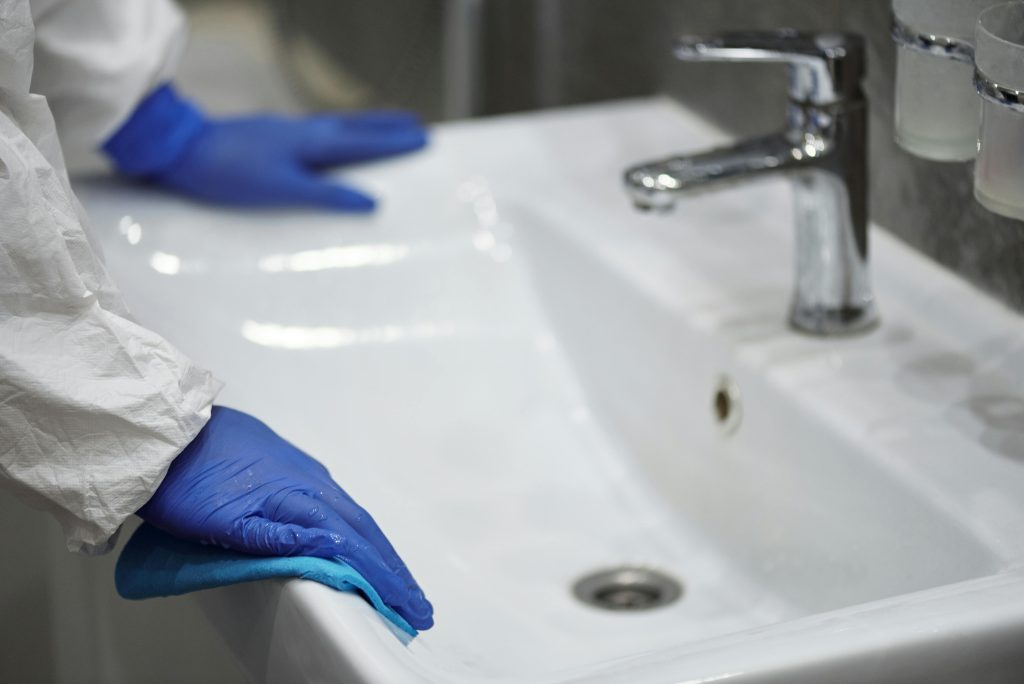
Solution to the problem
If possible, our suggestion is to go through the vent pipe rather than attempting to navigate through the sinks. By going down the vent pipe, you can bypass the interconnection of the drain pipes. However, it is important to note that this solution is only viable if you have a straight pipe vent available.
If you encounter difficulty making a 90-degree turn in the drain pipe and the snake keeps coming out the other side of the sink, you may need to try going through the vent as an alternative. This can help address the problem of the snake unable to navigate the turn in the interconnected drain pipes.
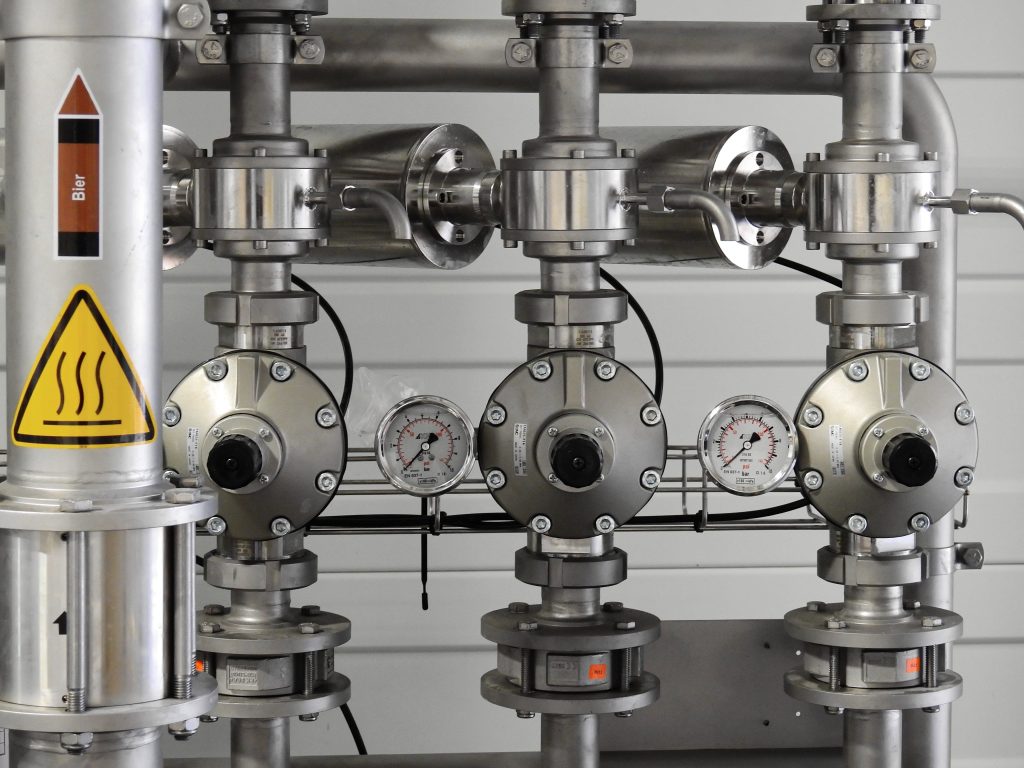
Alternative approach for contractors or plumbers
For contractors or plumbers, an alternative approach to avoid this problem altogether is to use individual pipes for each sink. By running separate pipes for each sink, you can eliminate the issue of the snake running straight through and bypassing the drain.
With a setup like this, where each sink has its own set of pipes, any snakes that are inserted into the plumbing arms or the horizontal sections of the plumbing will go directly into the drain area. This design prevents the snake from easily navigating through the interconnected drain pipes and ensures effective clearing of the clog.
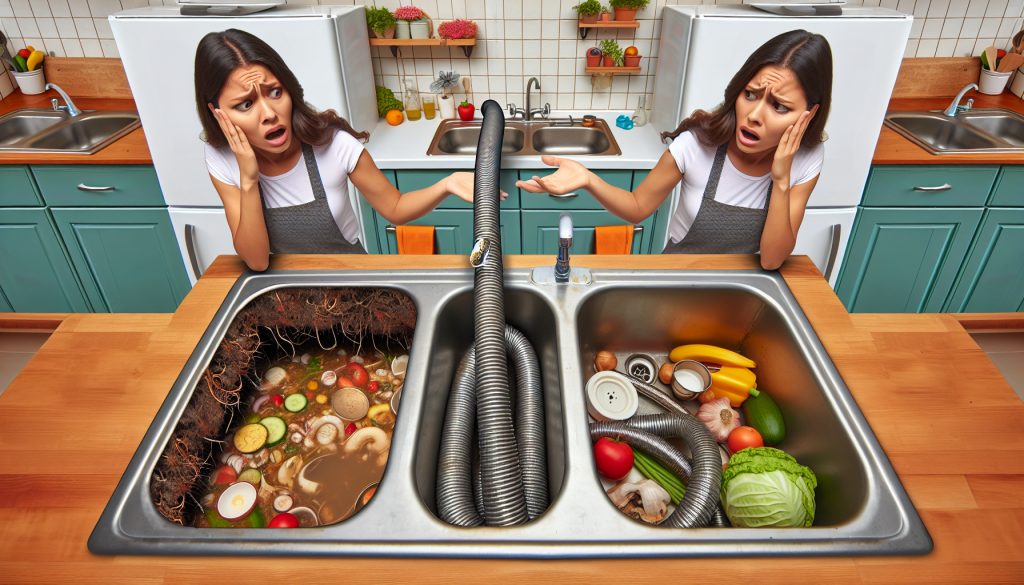
Conclusion
We hope this article has shed light on the common issue of a plumbing snake coming up the other side of a double sink. By understanding the plumbing setup of interconnected drain pipes and possible snake paths, you can better tackle this problem. If you have any further questions or need additional clarification, please feel free to reach out to us. We are always here to help. Additionally, we would like to remind you that this article was inspired by a question from one of our viewers. If you have any questions of your own, send them our way, and they might just be the topic of our next video. Thank you for your time and attention.

